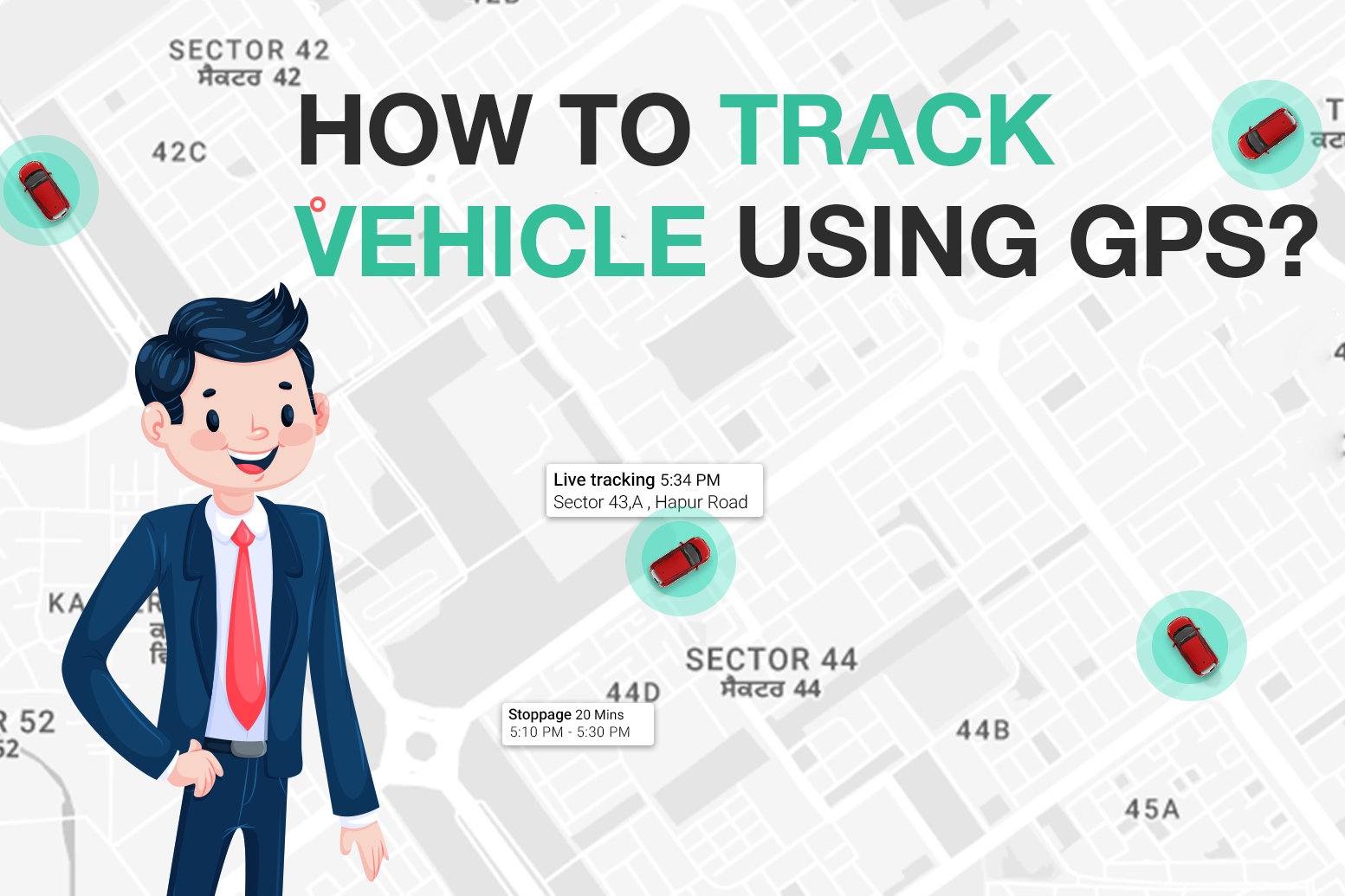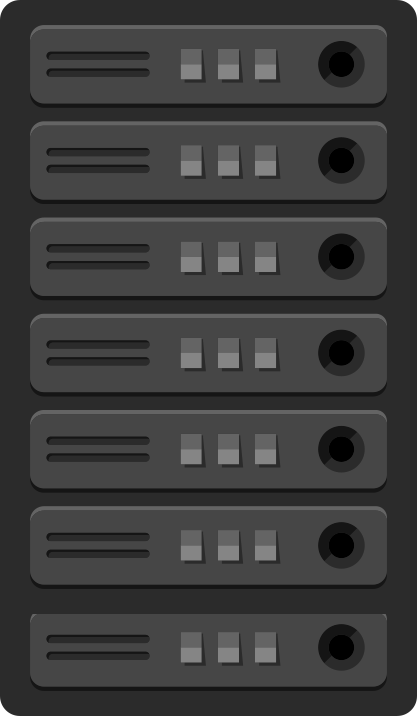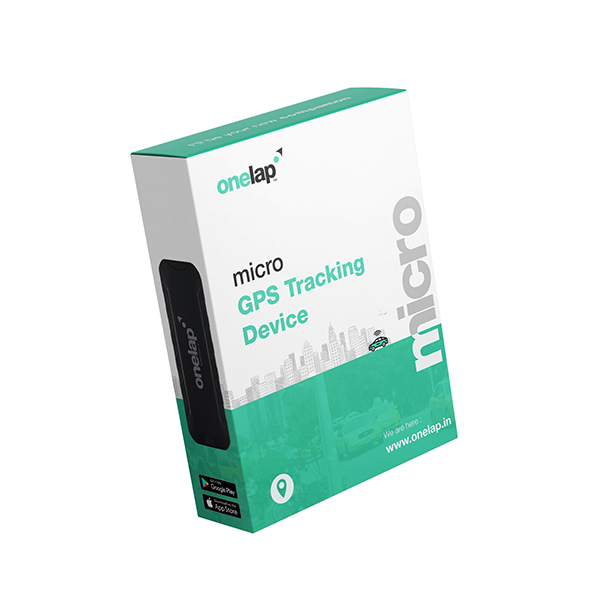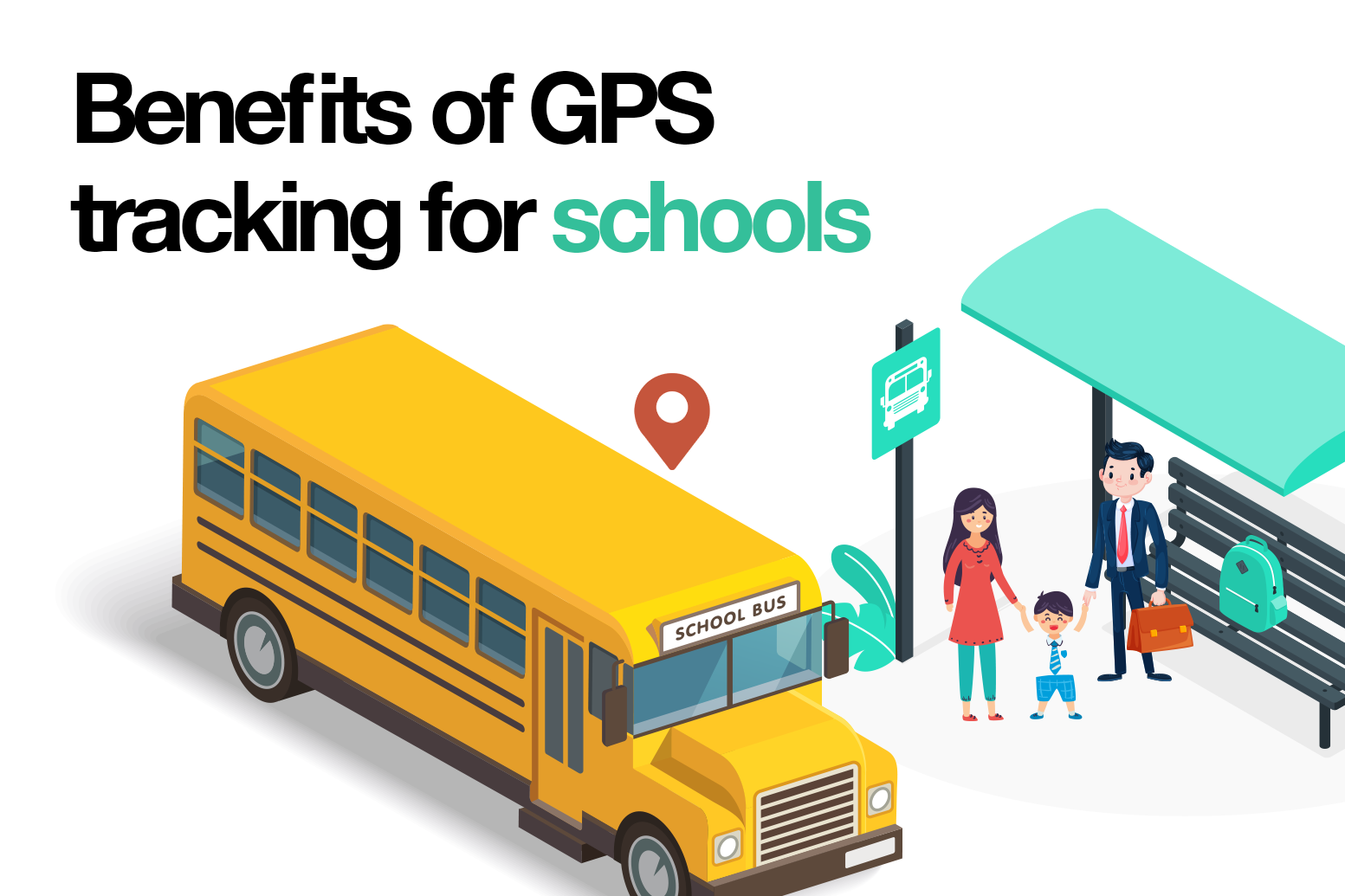How to use GPS for vehicle tracking in 2020? – Learn with Onelap

How to use GPS for vehicle tracking in 2020?
An estimate from 2019 suggests that only 11 percent of new-vehicle buyers in India are aware of the benefits that a GPS tracking system provides which is an extremely low number considering the volume at which the auto industry in India operates. GPS Vehicle Tracking System has been an emerging industry in India over the past decade with a significant number of vehicle buyers willing to invest in GPS solutions. Most of the people plan to use a GPS device for purposes such as tracking, navigation, traffic updates, etc.
This is mainly because many people are unaware of the technology that is involved in this system and how actually this system works so read further to find out about all this. To accurately track and locate the exact position of a device a radio navigation technology is used which is called the Global Positioning System or GPS. GPS takes the help of satellites and GPS tracking modules for this purpose.
Also read: How GPS works and its application?
Satellites connect with the GPS Tracking module by sending radio signals at regular intervals. They send information regarding the exact longitude and latitude at that particular instant of time. This information is stored in the GPS module of the device and this information is relayed to the GSM module. The GSM module passes this information to the servers using cellular data with the help of a SIM card. Due to this, data accessibility is a feature that the users can find on their devices to track their assets.
Components of a GPS Vehicle Tracking system :
The GPS Tracking system can be broadly classified as a combination of 4 major components namely –
1. GPS Hardware.
2. SIM Card or Cellular network.
3. Servers.
4. GPS Tracking Software.
![]()
1.GPS Hardware:
GPS hardware is the physical system that is built-in on your asset and will contact the satellites to receive the information. This information consists of the exact latitude and longitude coordinates of the device. In short, the 2 modules in which this GPS hardware segment can be further divided into which perform different functions are:![]()
-
GPS Module:
The basic function of this module is to receive and store the information regarding the location coordinates of the device. This information is shared with the user when required and can be stored on the internal or external memory of the device. Usually the GPS module shares data with the GSM module which sends it further to the server ultimately reaching the user via the software.
-
GSM Module:
The hardware where the SIM card can be installed in the device is the GSM Module. The SIM card will be transmitting the data at regular intervals and sharing this information through the GPS module to the cloud server via an active internet connection. This provides the device with the capability to read and transmit stored information over a secure internet connection to the server.
2. SIM Card:
- A detachable smart card that is responsible to store the user’s information and authenticate their identity is the Subscriber Identity Module (SIM), card.

- This will activate the secure internet services on the device using which the incoming information on the GPS module will upload to a cloud server. It securely carries out the process in an organized and unique manner which will allow access to the user through the authentication of credentials by logging in on the connected software.
- Each device has its own International Mobile Equipment Identity(IMEI) number which is a unique number that is an identity to differentiate between different mobile devices.
3. Servers:
- Servers are the platform on which the information is stored after passing through the GPS module and collected
 securely. This information can be accessed by the user using the software such as a dedicated mobile-based application or a website that allows you to log in and view all the data that has been accumulated.
securely. This information can be accessed by the user using the software such as a dedicated mobile-based application or a website that allows you to log in and view all the data that has been accumulated. - The servers also contain the data that it procures from the user that is the unique login ID and password. As a result, this verifies the identity of the user and the correct display of the corresponding data for that user.
- The user set information such as the geofenced area, speed limits, etc. can also be stored on the servers. An alert will be sent to the user by the servers whenever any breach is detected. The user can then take the appropriate action within the time which in turn prevents any loss to them.
- Servers are the most important component of this whole system as they manage huge amounts of data from multiple sources. They have to preserve and manage the data and display it correctly whenever a particular user demands. Subsequently, the host will be incurring massive losses if services of GPS Tracking system have any disruption caused by the crashing of servers
4. GPS Tracking Software: 
- Firstly, the user connects with the GPS Tracking suite to gain access to the services that the seller provides through this platform. Users will have to input information like id, password to receive permission for reading the data accumulated by their device.
- Additionally, the user can use a dedicated mobile application or connected website to securely log in and browse the available records like locations visited, time taken, speed limits. After that geo-fences setup is an important feature for many users. The capability to change or set geofences anywhere on the basis of their requirements is given to the users.
- A dedicated mobile application provides much more ease of usage as compared to a traditional website. Consequently, the application allows you a much greater degree of customization and personalization and is much more secure and quick.
Also read: Buy GPS tracker device online – Make sure of these 6 factors
Are you looking for a GPS tracking solution for your vehicle?
Onelap provides the best in class GPS for vehicle tracking designed in India providing many premium features linked with a state-of-the-art mobile application.
The salient features of Onelap’s GPS Tracker are:
1. Firstly, real-time tracking of your vehicle via an application on your mobile phone.
2. Vehicle performance statistics.
3. Data History.
4. Remote Engine Immobilization at your fingertips accessible from anywhere.
5. Additionally, define Geofences or Safe zones on the map.
6. Much more affordable than other GPS tracking solutions in the market.



I have read many blogs yet, but your style is so impressive to me. I would come again to give a boost to my skills through the knowledge you provide us in your blogs. Hats off for your superb writings.